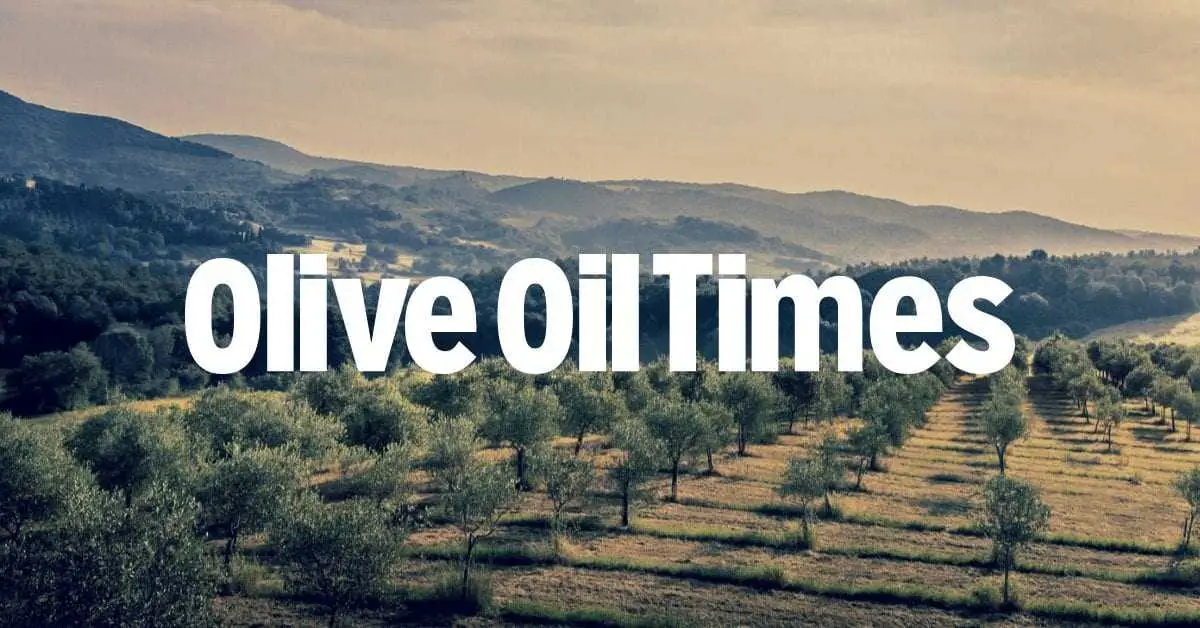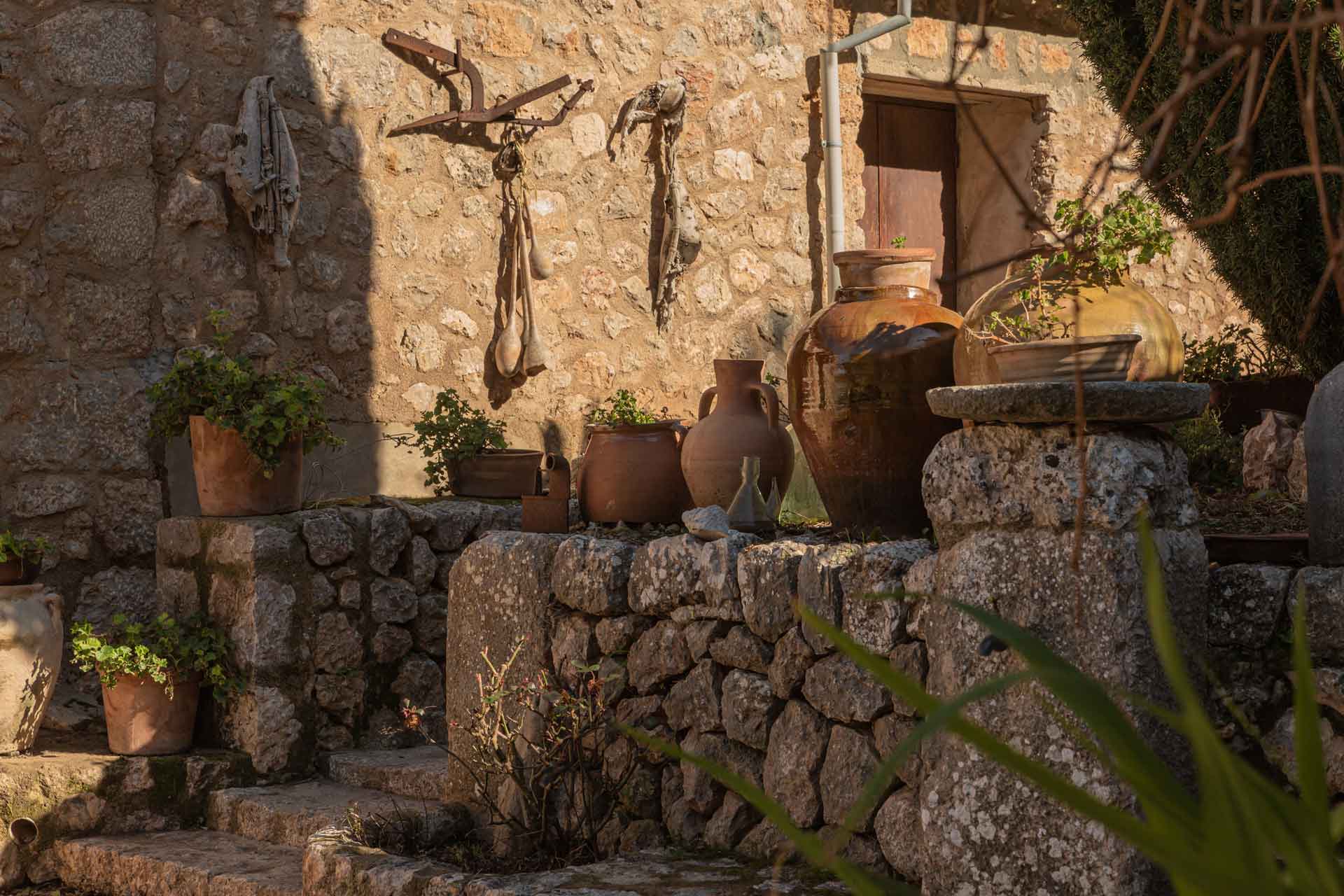Pla de Mallorca offers visitors to the island multiple experiences that allow them to learn from history and tradition, to past and present economic activity along with gastronomy. We had already talked about some of the plans that you can make in the center of Mallorca at any time of the year. But the truth is that there is much more that can be discovered in es Pla.
On that occasion we talked about doing one-day activities such as the Route of the Mills, the excursion to Puig de Randa and Santuari de Cura (Algaida), a tour of archaeological sites such as the Son Fornés Site (Montuïri) or the Sanctuary Talayotic of Son Corró (Costitx), etc.
But since we want you to be the one who decides the plans you want to make, this time we are going to talk about some places that you cannot miss. These visits will not take you more than a few hours, so they are perfect to complete your quiet days during your holidays in Mallorca.
5 places you cannot miss to get to know the culture of Pla de Mallorca:
- Parish Church of the Mare de Déu d’Atotxa, Ariany.
- Els Calderers, Sant Joan.
- Sanctuary of La Mare de Déu de Bonany, Petra.
- Arab fountain of Pina, Algaida.
- Finca Biniagual, Binissalem.
1. Parish Church of the Mare de Déu d’Atotxa, Ariany.
In Ariany, a municipality in es Pla region located on a hill with spectacular views, you’ll the Mare de Déu d’Atotxa parish church. This was a temple built in the 18th century on an old oratory and whose construction was promoted by Marc Antoni Cotoner, who was proclaimed Marquis of Ariany by King Philip V.
However, the building that you will see today is from the beginning of the 19th century, enlarged in the 20th century since the old church ended up falling due to the materials used to build it. In front of the Rectory and the temple a square opens up, a landscaped esplanade with views over the Pla de Mallorca. A neo-Romanesque cross was built in this ideal place and, therefore, the viewpoint beyond a semicircular portal is known as the Sa Creu viewpoint.
2. Els Calderers, Sant Joan.

El Calderers, located in the municipality of Sant Joan, is the most relevant and largest estate in the interior of Mallorca. Although the current building, rebuilt as a museum, dates from the 18th century, this ancient possession has been documented since the end of the 1285, without a doubt a fundamental piece that represents the traditional past of the center of the island in all its splendor.
And it is that the possessions were the hamlets that formerly served as the nucleus for those who dedicated themselves to agriculture and livestock, the main economic activities of the Pla and the island for a long time. A visit to this estate is ideal if what you want is to discover the rural essence and the most influential past in the region.
In its museum, it’s possible to discover what life and work were like during the 18th century, what their tools, furniture and clothes were like at the time and learn a little more about their customs. An experience, without a doubt, very revealing and interesting.
3. Sanctuary of La Mare de Déu de Bonany, Petra.
Petra, a village in the Pla region founded in the 13th century after the conquest of Mallorca, is not only relevant for being the home of one of the island’s most international historical figures, Fray Junípero Serra, but also for its peak, Puig de Bonany, where a sanctuary with the same name stands.

At about 300 meters above sea level, the Santuari de Bonany (good year) was built on an old baroque temple from the 17th century. Built in the 1920s, the current sanctuary is in a historicist style with neo-baroque roots and features an image of Mare de Déu de Bonany, a medieval wood carving.
Besides, under the esplanade located in front of the sanctuary stands the cross of Juníper Serra, raised in memory of the evangelizer of California in the 18th century, who also has a Museum in the village of Petra, which could be another of the cultural visits in Pla de Mallorca.
4. Arab fountain of Pina, Algaida.
Located in a wonderful cobbled setting and under the shade of poplars, ivy and elm trees, a fountain, a qanawat, was erected in Moorish times, right at the entrance to the village of Pina, on the Algaida road. This Islamic fountain, restored in 1998 to recover its splendor, is accessed by going down a staircase that leads to the fountain that includes two sinks, from where the well’s water emanates.
Outside, next to sa Font de Pina, there are also public wash houses made up of 6 living stone basins, covered by a porch with arches. This system is completed by some ponds and a sewer with a semicircular vault. A spectacular piece of engineering from the island’s Islamic past that is undoubtedly worth a visit.
5. Finca Biniagual, Binissalem.

We wanted to end our visits to Pla de Mallorca with a unique experience, a tour of the picturesque Biniagual hamlet (llogaret), located in the center of the Binissalem wine region, dating back to Moorish times. Originally, the Islamic hamlet was dedicated to horticulture, but after passing from hands after the Conquest of James I, the Arab system was replaced by cereals and vineyards in the 13th century.
In fact, Biniagual established itself as an important center for vine cultivation and wine production until phylloxera, the great plague at the beginning of the 20th century that affected much of Europe, destroyed its vineyards. Luckily for us, those who take care of this spectacular place have revived their past, once again dedicating the hamlet to viticulture.
Today, this reconstructed enclave, completely integrated into es Pla landscape, includes 14 houses, a chapel, a historic wine cellar, a wine shop and a winery. And how could it be otherwise, a visit to this place involves the delicious experience of tasting its star product, wine.
If you want to extend this gastronomic experience, we encourage you to visit us. Our farm tour will take you into the world of olives and the production of extra virgin olive oil, the star product of the Mediterranean diet and a fundamental part of many of the island’s gastronomic dishes.
For this reason, in addition to touring our olive grove, discovering the importance of olive trees for the conservation of the landscape and tasting our product, you will be able to try it in the most representative dishes of Majorcan cuisine.
Susbcribe to our newsletter







